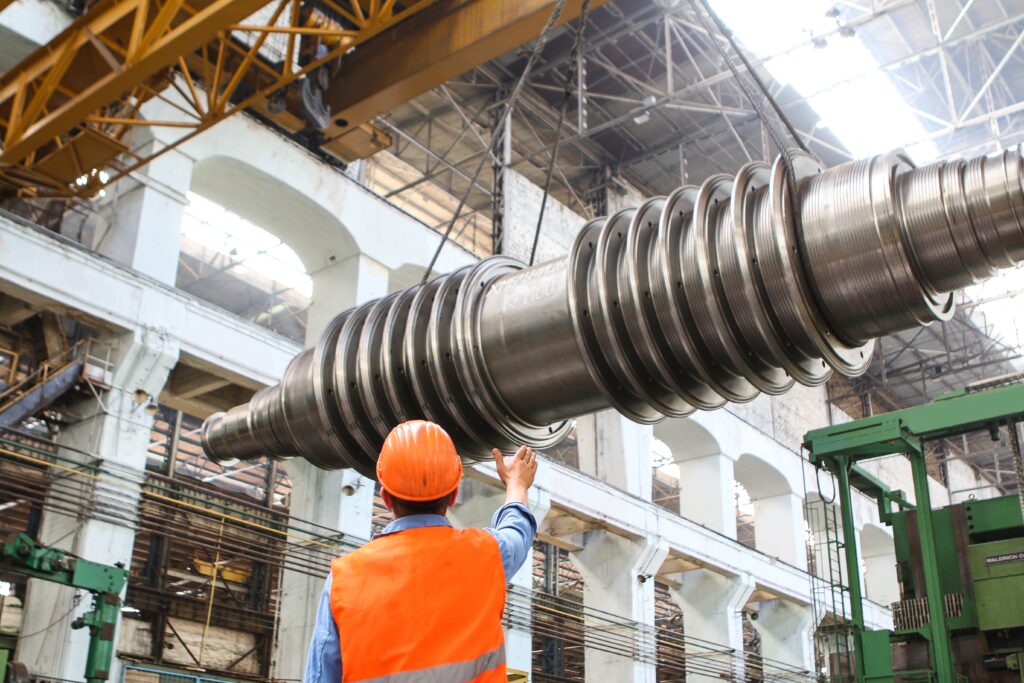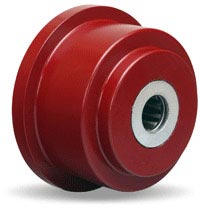
#USAMfgHour Twitter Chat Recap for February 13, 2020
This week, Michelle Garrett (@PRisUS) of Garrett Public Relations hosted a chat all about how manufacturers can leverage PR to market their businesses.
After brief introductions where participants got to know a little bit about the people behind the branded accounts, Michelle was off and running, asking whether or not participants are including public relations in their marketing mixes. The majority of people mentioned being active in their community, through events such as Manufacturing Day, for example, but that they don’t do much beyond that. Michelle concurred, stating that few manufacturing and industrial companies have a PR strategy in place despite the fact that most buyers do research on a company online before buying and that many are 70% through their buying process before contacting a supplier.
Next, Michelle asked participants what type of PR activities benefit manufacturing businesses the most. The responses included open houses, events, speaking engagements, and placement in trade publications. NJ MEP (@NJMEP) summarized it well with, “It takes a variety of PR activities to make an impact. Videos, print media, digital magazines, are all beneficial.” Michelle went deeper into the subject, stating: “Outreach to industry trade publications can be extremely worthwhile for manufacturers. Those editors are looking for content to fill their digital pages. Contributed articles, product news and so on are always great to pitch. Also, if you’re exhibiting at trade shows, check the pre-registered press list to see who’ll be there – and schedule brief meetings with them at your booth. Helps build relationships. That can lead to coverage and opportunities. PR plays a role in many other ways, too, such as helping manufacturers be crisis-ready, helping position the company and the executives as thought leaders in their space, and assisting in reputation management. It’s a long list… Another way #PR can help – they can advise on internal communications in the event of any changes like acquisitions, layoffs, labor disputes and so on.”
Michelle then asked whether you need a big budget to take advantage of PR and what kinds of initiatives companies can do on a small budget. The overwhelming response from participants was that PR can be undertaken on a shoestring budget, as most of them were already doing small things on their own using free or low cost means. SpaceGuard Products (@SpaceGuard) commented that being creative if half of marketing and White Bear Plumbing (@BearPlumbing) said that leveraging free social media platforms is a big one. However, Cleveland Deburring (@cdmcmachine) cautioned, however, that there is definitely a financial commitment involved since consistency is a big factor in success. Michelle said companies can increase visibility through PR on a small budget by writing a press release themselves and posting it on their websites and social media. Then, for a reasonable amount ($289) they can issue it using a wire service like PR Web and, if you like, send it to editors of trade publications.
“You shouldn’t need to pay for true earned media (= PR). You can factor in paid media/advertising, but PR can work without that, too. “
– Michelle Garrett, Garrett Public Relations (@PRisUS)
In a side conversation, our #USAMfgHour Chat Highlights account (@USAMfgHourChat) asked what companies can do to begin integrating PR into their marketing strategies. She responded by suggesting that they update their websites before doing anything else, as sites are generally the first things reporters check and manufacturing companies are notoriously slow in updating them. If your site is updated but optimized for e-commerce buyer ease of use and download speed (i.e. not “flashy”), then focus on mobile-friendly pages that are up to date. Michelle then shared an article of five things a company can do to get ready for PR. View it here: https://michellegarrett.com/2020/02/12/digital-marketing-for-manufacturing-companies/
How do social media and content marketing factor into PR for manufacturers? Axis NJ LLC (@AxisNJ) said, “Social media/content marketing goes hand and hand with PR – if you utilize these avenues in conjunction, your efforts and campaigns are more successful.” Service Caster Corporation (@SERVICECASTER) chimed in, stating, “It pushes it to people who may not see it otherwise and enables you to use your network to help spread the news through RT and sharing. You can also turn one release into several pieces of social content and re-post often. Stay top of mind.” However, Cleveland Deburring’s (@cdmcmachine) comment of “One avenue for sharing content I feel is overlooked are GMB’s [Google My Business pages]. They work great for getting views and a click thru to the site via local searches. Start with your own backyard and share it outward I always say,” was the winner of the day since not many companies take advantage of them. Ruby (@SocialSMktg) concurred, “People forget Google My Business, but this is the easiest content distribution channel to manage. And Google uses it in a lot of ways to help businesses including search engines results page.” Is your Google My Business page up to date?
After viewing the responses, Michelle offered some ways companies can combine PR and social to their advantage: “I believe they all work better together. For example, if you have a product announcement, you’ll want to write a press release and pitch that to trade pubs. Then you’ll want to announce it via social media. Any articles coming out of that effort can be shared on social. Content-wise, you can publish a blog post about it. You can also shoot a video to post on your site and on social media. And maybe you even pitch a contributed article that relates to the product (perhaps it’s related to a safety issue, for example).” Remember that while producing videos that show consumers your manufacturing processes in action are usually a big hit, it’s important to always create content in the ways your audience wants to consume it, not how you prefer to share it. [Always do your market research and pay attention to social listening when it comes to content marketing!]
The last question in the chat asked what types of results companies can expect from PR in marketing? SpaceGuard Products (@SpaceGuard) said, “Positive & strong relationships. Whether it’s through press releases, video, pictures, or simple engaging, always give the end user a reason to come back.” CVT Plastics (@CVTPlastics) agreed but emphasized the importance of “sales, sales, and more sales.” Michelle concurred, stating, “In general, PR leads to better visibility and awareness – which can result in more leads – and more sales.” She then gave a great example of PR at work in a manufacturing business: “I once worked with a client for whom I scheduled meetings with reporters & editors at a trade show. Nearly every pub they met with ended up incl them in some type of coverage in following months-in product pieces, feature articles, contributed pieces-& in 1 case, they wound up on the cover of a trade mag. An ex of a VERY successful PR effort on a limited budget.
Overall, we discovered that PR is underutilized, especially by small manufacturing and industrial companies, and that there can be substantial benefits to including it in marketing strategies. To learn more about how you can integrate PR, you can follow Michelle on social media (@PRisUS) and join her LinkedIn group, Public Relations for Manufacturers, here: https://www.linkedin.com/groups/12098493/
On February 20, 2020, Dan Bigger of CVT Plastics (@CVTPlastics) will be hosting a chat on sales and relationship building. Will you be joining us? In the meantime, keep in touch between chats by following us on social media:
LinkedIn Page: https://www.linkedin.com/company/usamfghour-twitter-chat/
LinkedIn Group: https://www.linkedin.com/groups/12334688/
Twitter for Highlights: @USAMfgHourChat
Instagram: @usamfghourchat







